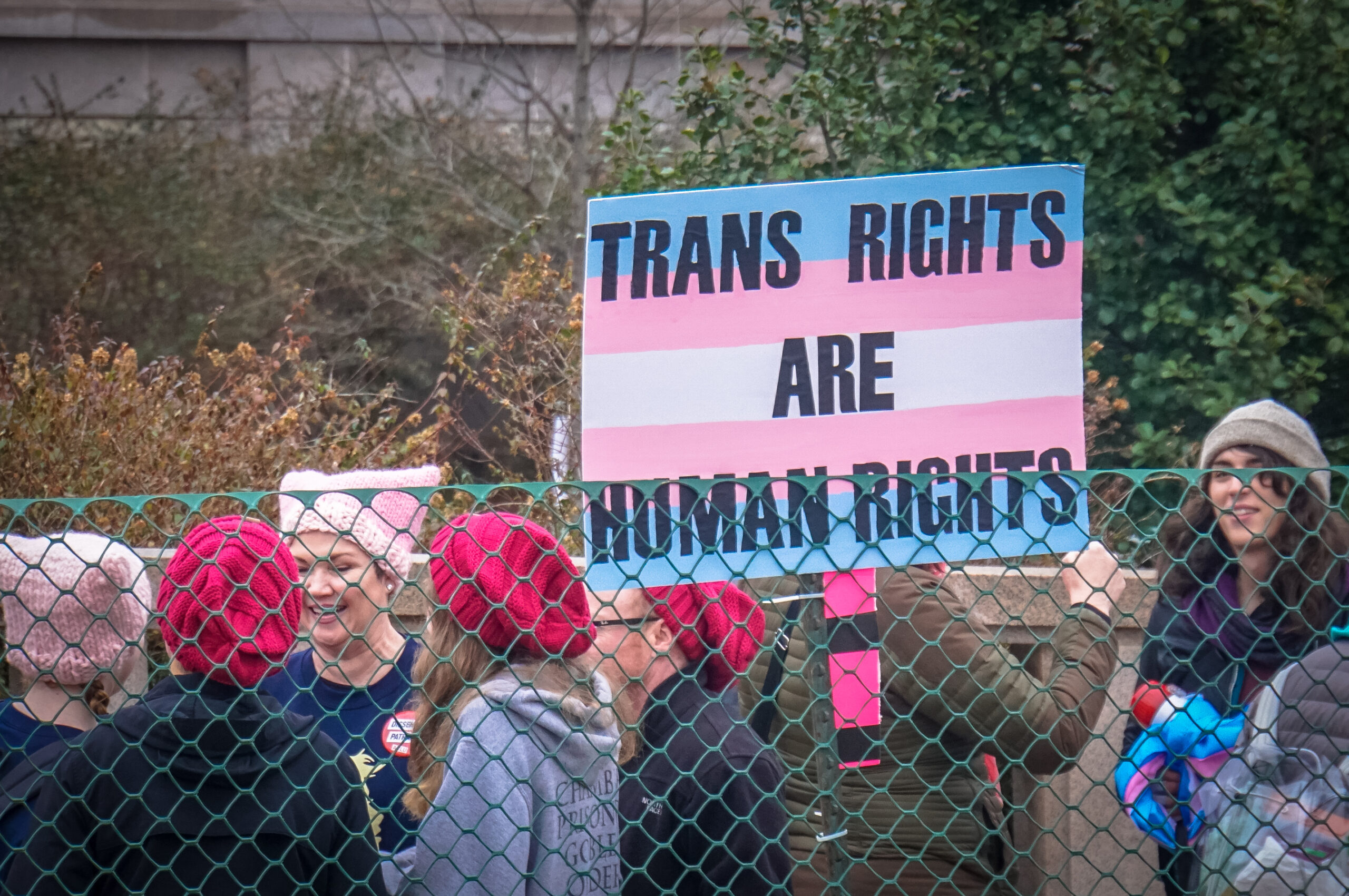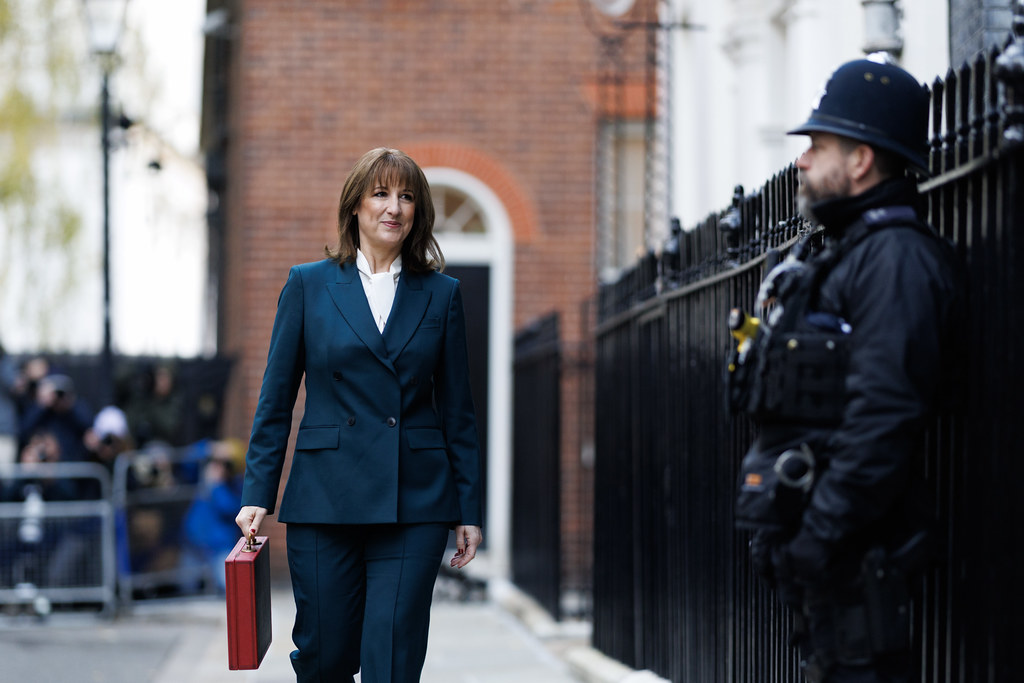
Image credits: Ted Eytan
Since the Supreme Court ruled that a ‘woman’ is defined by biological sex in equality law, the Equality and Human Rights Commission (EHRC) has set out to do the impossible.
Its role to provide guidance to service providers around the new interpretation of the law, including how it pertains to single-sex spaces such as toilets and changing rooms, has since become a lengthier process than envisioned. The guidance was sent to ministers at the beginning of September, three months behind schedule, for review. The clarity and usefulness of this guidance, however, are in contention.
The original goal of this guidance is to state how female single-sex services and spaces can lawfully exclude transgender women. This guidance aimed to give clarity to the earlier April ruling – hailed by some as a “victory for common sense”. Since the guidance was sent to relevant service providers, over 650 organisations have called upon Bridget Phillipson, the minister for Women and Equalities, to take immediate action to prevent the proposals from moving forward.
The joint letter from these organisations refers to the guidance as having “serious and far-reaching consequences for our businesses, our employees and our customers” and that it would create “unworkable operational challenges”. It seems odd that such guidance based around common sense would cause such challenges to its implementation.
This guidance has not yet been published, so it is not open to the public. The Times, however, has reported early that the guidance may suggest radical new interpretations of the 2010 Equality Act. Primarily, all single-sex spaces should be fully restricted to only those of the corresponding sex, or service providers risk legal trouble. For example, if a service is only provided to both cisgender and transgender women, then a man may be able to claim discrimination on the basis of not being able to use it. Workplaces may also be required by law to have single-sex spaces which are based upon biological sex. If transgender women are allowed within these female single-sex spaces, then service providers may be opening themselves to claims of sex discrimination or harassment against cisgender women. The guidance also suggests that a separate service may be needed for the use of transgender people.
According to the ECHR’s interim guidance published back in April, transgender women would be excluded from female single-sex spaces because they are ‘biologically male’, while transgender men who are ‘biologically female’ may be excluded from both male and female single-sex spaces as well. Transgender men, therefore, are not excluded from female single-sex spaces based upon their biological sex but because a cisgender woman may ‘reasonably object’ to their presence. In effect, transgender men are not excluded based upon their sex but based on how others may perceive or react to their bodies.
Simply put, if a person assigned female at birth enters a single-sex space but is considered to look too masculine, they may be lawfully excluded. The guidance states, however, that transgender people ought not to be left with no facilities, with no guidance yet available on how these services should be provided.
Neither guidance mentions transgender individuals who do not identify as either gender, how single-sex spaces work for intersex individuals, or how service providers can reasonably and legally ensure that each individual using single-sex spaces is the corresponding sex. Ultimately, this guidance is unreasonable, unclear, and outright confusing for most people. For guidance based around ‘common sense’, there seems to be a lack of sense about this.
What is more worrying is the power this gives service providers and members of the public to deny access to services based upon simple bodily differences. Trans exclusionary single-sex spaces mean the policing of each body which enters into them. If a person who enters a single-sex space is perceived, for any reason, to not be the right sex for that space, then any person can challenge their presence. Even more concerning, the guidance opens the floodgate to people being challenged simply for looking too masculine or feminine, regardless of their actual sex.
The new guidance gives these challenges to presence in single-sex spaces a new basis in law, in which service providers could face legal claims if they do not take these challenges seriously. Warwick Trans* Society, for example, has found that one such way the University of Warwick may plan on upholding single-sex spaces is encouraging people to report individuals who they suspect to not be respecting such spaces to Report and Support, the same service used to report sexual misconduct, harassment and bullying.
To be clear, everyone who regularly enters a single-sex space such as a bathroom or changing room needs to be concerned. Entering a single-sex space provides permission for our bodies to be monitored and judged according to expected sex characteristics. If, for any reason, another person in a single-sex space may interpret you not to be the correct sex for that space, their challenge to your presence may now have to be taken seriously by law.The EHRC guidance currently will not be debated in Parliament unless a motion to reject the guidance is tabled.
Unless this happens, the guidance will be passed automatically 40 days after being signed. If you believe this guidance deserves proper parliamentary scrutiny, you can act now. Write to your MP, urging them to write to the Minister for Women and Equalities to ensure that the guidance isdebated in Parliament. You can use this template to contact your MP today.






